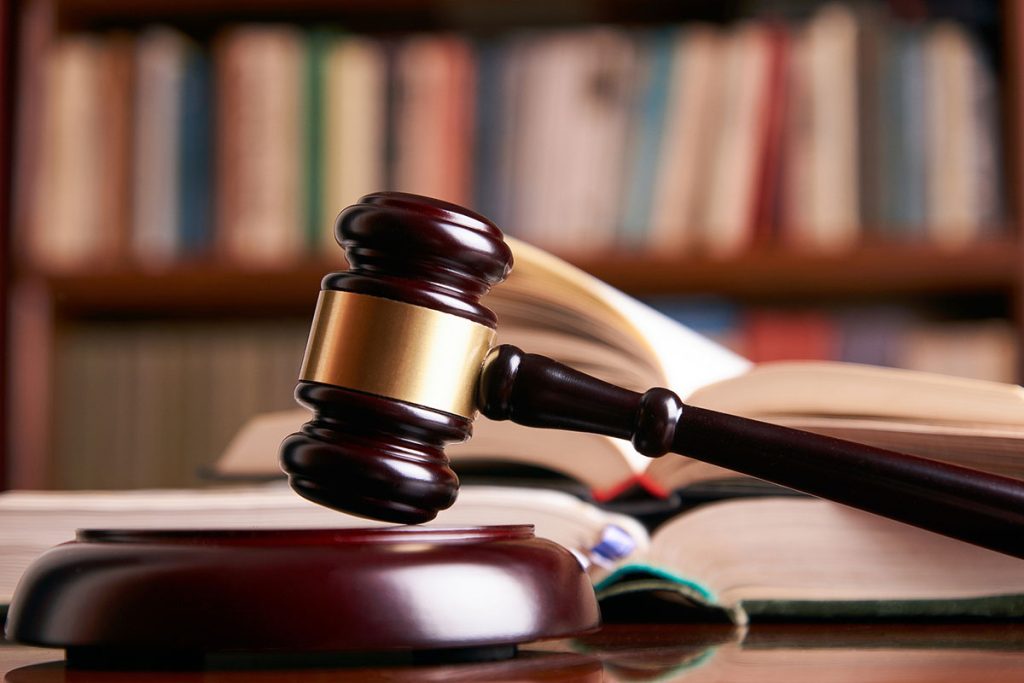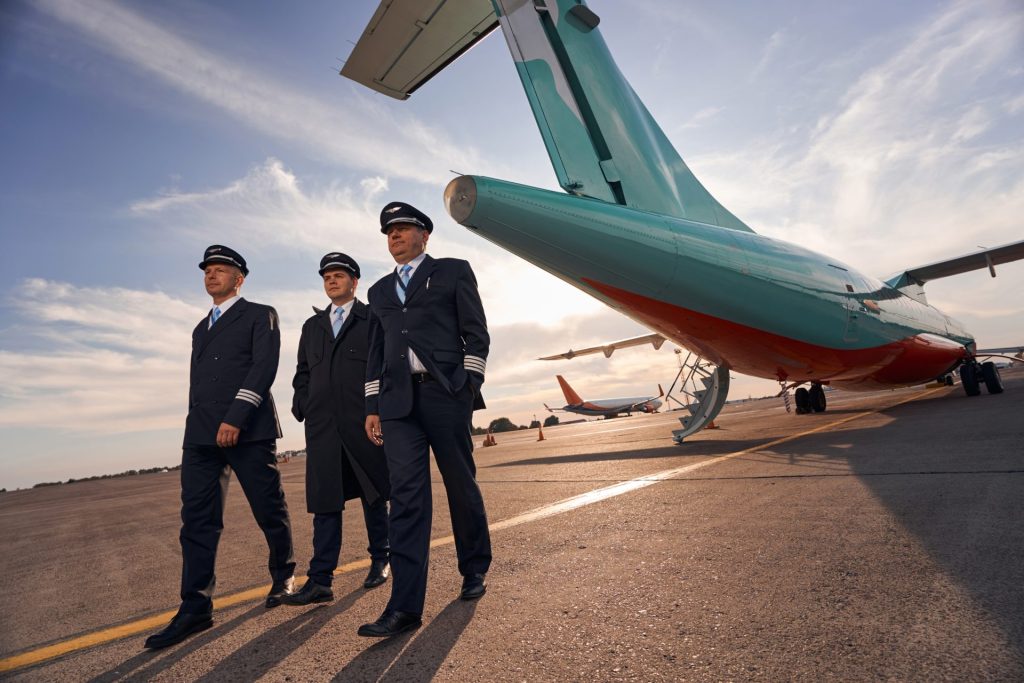The FAA is the largest transportation agency of the U.S. government. An arm of the Department of Transportation (DOT), it is responsible for all regulations and aspects of civil aviation on a national and international scale.
It covers air traffic management, personal and commercial aircraft use certification, airport standards and programs, and protecting all U.S. assets. The FAA manages more than 50,000 U.S. commercial and general aviation flights per day, according to transportation.gov.
The FAA’s role is manufacturing, operations, research and development, launch facilities, training, and other duties related to the aviation industry’s safety and efficiency.
What are FAA Directives?
FAA directives, also known as “Airworthiness Directives,” are legally enforceable regulations designed by the FAA to ensure the safe operation of a personal or commercial aircraft. If an unsafe condition exists related to the design or manufacturing of an airplane, an airplane owner cannot legally fly the plane.
At the same time, all pilots must have a Standard or Special Airworthiness Certificate, which is only granted if the aircraft meets specific regulations. When it does not, it must go through FAA inspection first.
The cost of complying with FAA directives falls on the aircraft owner.
What FAA Divisions Influence the Airline Industry?
The FAA aims to ensure safe and efficient flights and improve the aviation industry through field technology, training, and programs. To achieve this goal, the FAA is organized into five business areas that work together in support of pilots, crew members, passengers, property, and cargo. These include:
- Airports—the FAA is in charge of the safety and condition of the nation’s airports, as well as all regulations and inspections regarding design, construction, and operation
- Air traffic organization—the FAA is responsible for keeping air traffic moving safely
- Aviation safety—the FAA ensures the “airworthiness” of pilots and airplanes
- Office of Commercial Space Transportation (AST)—FAA protects the public during
launch of a spacecraft
Security & Hazardous Materials Safety (ASH)—the FAA increases safety by preventing hazardous goods and related accidents from occurring in flight with strict protocols.
What Are the Responsibilities of a Pilot?
A pilot of an aircraft is responsible for the operation of an aircraft, including aircraft performance, maintenance, altitude, fuel, safety precautions such as pre-flight checks, and communicating with crew members to ensure passengers and staff personnel are following the rules and regulations of the aircraft.
Pilots must act by the FAA regulations and directives at all times and hold an authentic certification approved by the FAA to fly. An aviation lawyer can clarify if there is any question regarding protocol or specific provisions based on your aviation business.
In a highly-regulated industry that’s constantly evolving, our aviation lawyers can provide industry guidance and counsel to avoid fines, license suspension, and other legal hurdles that can impact your business. Schedule a free consultation to see how we can help: 954-869-8950.

 CALL US NOW
CALL US NOW






